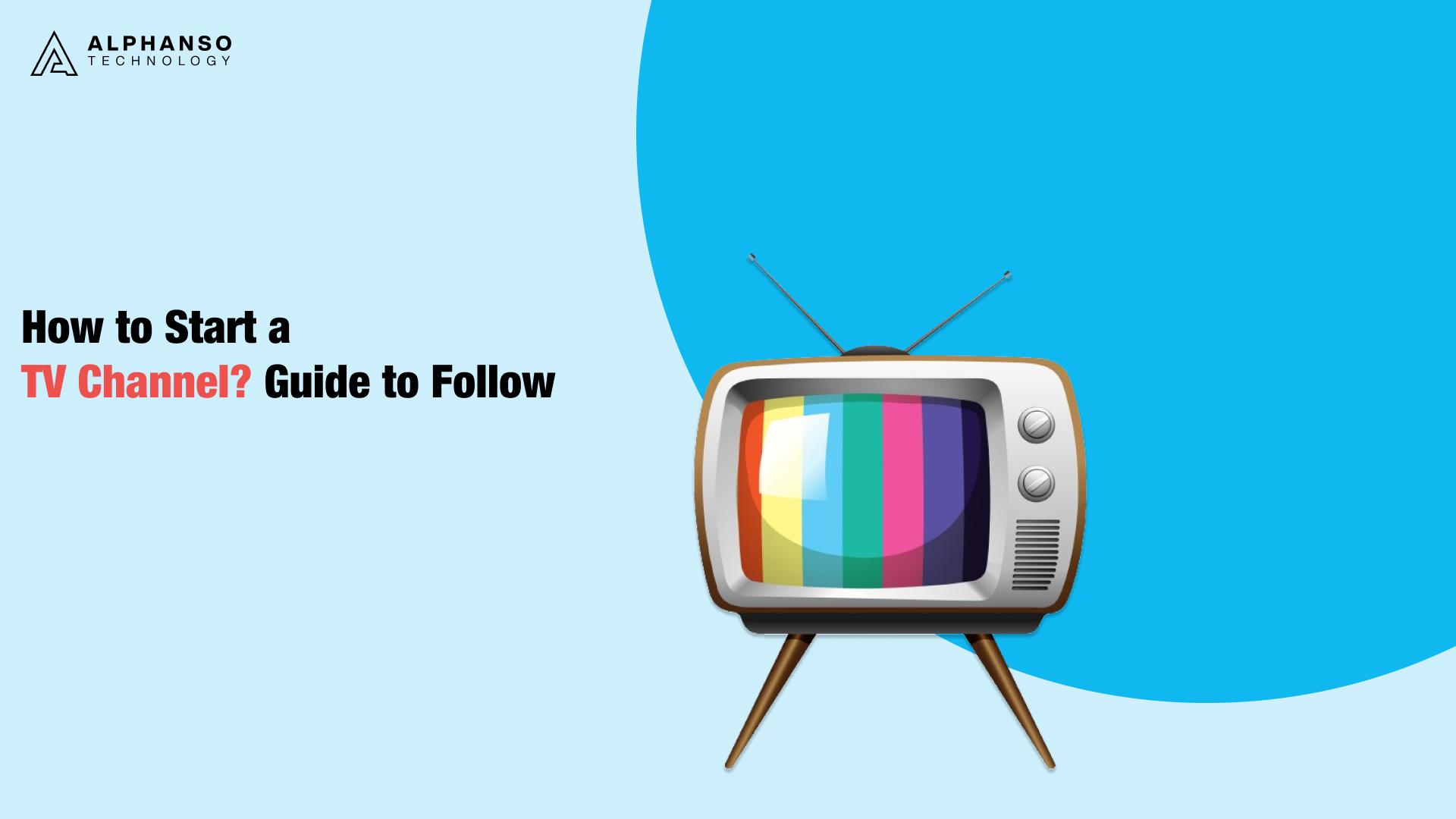Some Ideas on Apollo Group Tv You Need To Know
Some Ideas on Apollo Group Tv You Need To Know
Blog Article
Fascination About Apollo Group Tv
Table of ContentsExcitement About Apollo Group TvLittle Known Facts About Apollo Group Tv.How Apollo Group Tv can Save You Time, Stress, and Money.Apollo Group Tv Things To Know Before You Get This
In this scenario, rather than having three-minute industrial places during a 30-minute tv program, television programming may alter to one where a consumer will certainly be called for to have a monthly subscription, so that they cen view targeted banner ads. This kind of marketing currently takes place on the internet, and the amount of data television business gather permits them to do much the very same.Explain the influence of sponsors on program web content. Define the major patterns among the broadcasting and cable television networks. When tv was in its early stage, producers modeled the new medium on radio. Popular radio shows such as police drama Dragnet and western cowboy collection Gunsmoke were adjusted for television, and brand-new television shows were sponsored by single advertisers, just as radio programs had actually been.
Today, the tv sector is much much more complicated. Programs are sponsored by several marketers; programming is controlled by significant media empires; and the three major networks no more control the airwaves however instead share their visitors with countless cord channels. Numerous elements make up these patterns within the industry, consisting of technological developments, federal government policies, and the production of new networks.

Not known Details About Apollo Group Tv
Developed in 1969, (PBS) established out of a record by the Carnegie Commission on Educational Tv, which took a look at the role of academic, noncommercial tv on culture. Public tv was likewise planned to offer global access to tv for viewers in rural locations or visitors who might not manage to pay for private television solutions.
The period between 1950 and 1970 is historically recognized as the. Besides a little portion of airtime managed by public tv, the 3 major networks (called the Big 3) controlled the television market, collectively representing more than 95 percent of prime-time watching. In 1986, Rupert Murdoch, the head of international company News Corp, introduced the Fox network, testing the prominence of the Big 3.
Targeting young and minority audiences with shows such as Buffy the Vampire Slayer, Moesha, Dawson's Creek, and The Wayans Bros., the new networks intended to draw terminals far from their old network associations. Rather than repeating the success of Fox, UPN and WB battled to make an influence. Incapable to bring in many associate stations, the two fledgling networks reached less households than their larger rivals because they were unobtainable in some smaller sized cities.
This choice led the way for the growth of wire flick networks, adding to the rapid growth of cable television in the 1980s and 1990s. apollo group tv app. Additional deregulation of cable television in the 1984 Cable Communications Plan Act eliminated constraints on cord rates, allowing operators to charge what they wanted for cable solutions as long as there was reliable competition to the solution (a requirement that over 90 percent of all cable television markets could fulfill)
The 8-Minute Rule for Apollo Group Tv

Having actually created the first "superstation," Turner broadened his world by establishing 24-hour information network CNN in 1980. At the end of the year, 28 nationwide programming services were offered, and the wire revolution had begun. Over the following years, the industry undertook a period of rapid growth and popularity, and by 1994 audiences could pick from 94 standard and 20 premium cable television solutions.
Figure 9 - https://apollogrouptv9.godaddysites.com/f/apollo-group-tv-revolutionizing-your-streaming-experience.16 Raised competitors from cable channels has actually created a consistent decrease in the networks' audience ratings. Throughout the 1950s, the price of producing a solitary television show boosted as programs became much longer and manufacturing costs skyrocketed. Sponsorship on network tv moved from solitary sponsorship, in which a program was entirely supported and produced by one advertiser, to several sponsorship, in which advertisers got 1- or 2-minute places on the program
Choose one of the check here Big Four networks and print out its regular programs routine. Enjoy the network's prime-time programs over the training course of a week, noting the target demographic for each program.
The Facts About Apollo Group Tv Revealed

Linear TV, usually described as typical program TV, incorporates cord and satellite tv. It's called "direct" since material adheres to an established programming routine, unlike on-demand web content which the individual visitor makes a decision to view based upon their own preferences and routine. So, when you ask, "What is straight TV?", consider it as the traditional way of watching TV that has actually been around for years.
Report this page